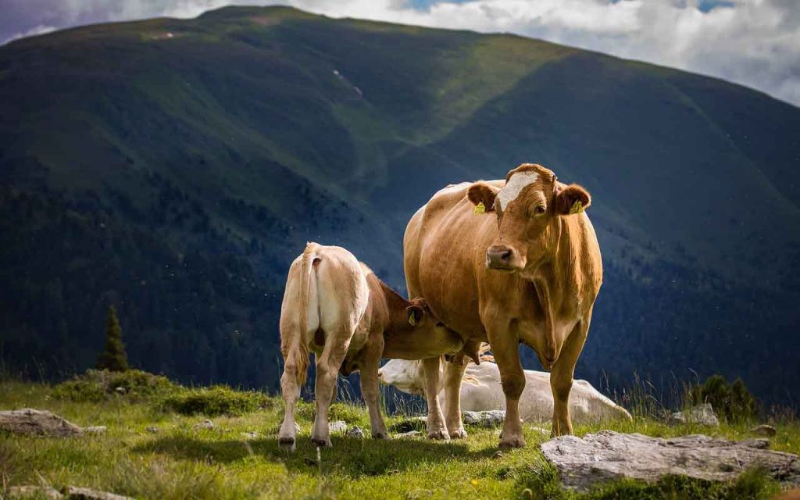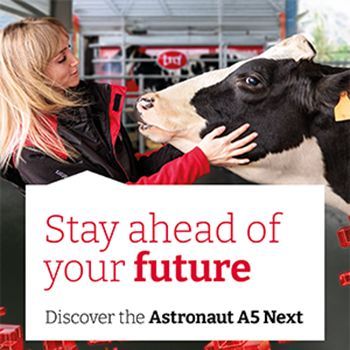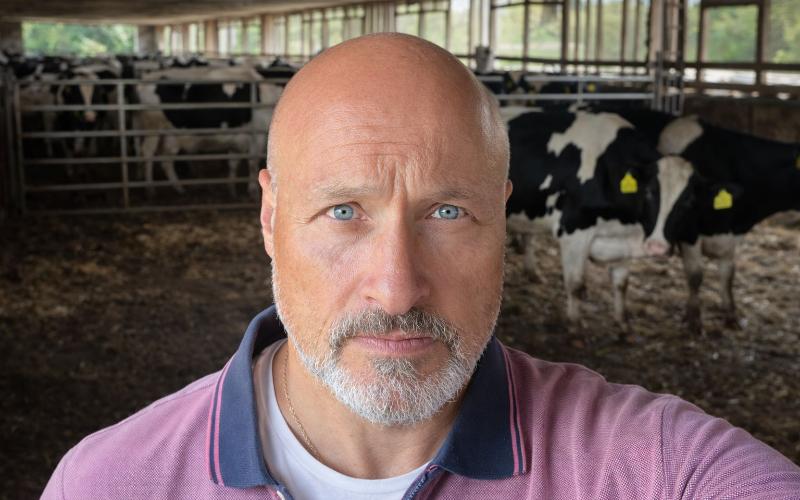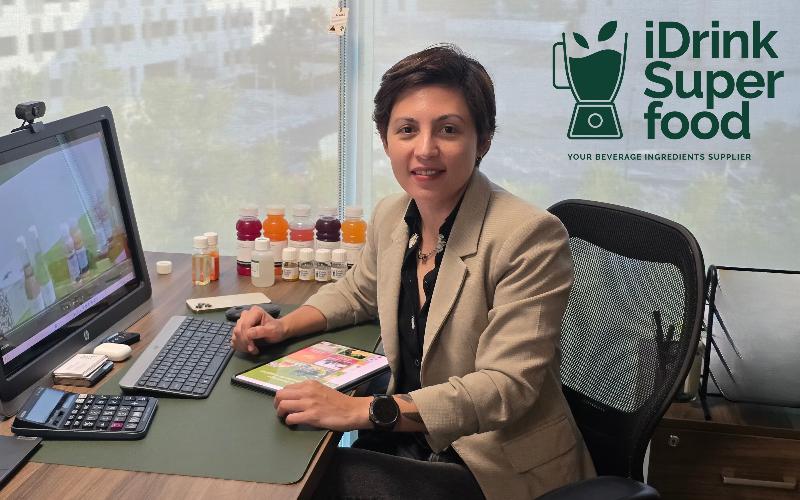The Role of Microbes in Dairy Efficiency: Challenges and Innovations

It all starts with a cow. These gentle, grass-chewing giants form the foundation of a food system centered around milk production. When a dairy cow becomes pregnant at around one year of age, the biological journey begins. After a nine-month gestation, she produces milk, kicking off a lactation cycle that is vital in dairy farming.
Crucially, it’s not just the cows that are central to this story. The microbes within them are just as important. Dairy cows possess a unique organ called the rumen, which hosts a lively microbial community that facilitates the breakdown of feed. This process produces volatile fatty acids, influencing both milk production and its composition. "What happens is the microbes, through the bacteria, will then physically attach, break down cellulose, hemi-celluloses, and ferment them," explains Garret Suen, a rumen microbiologist at the University of Wisconsin-Madison.
Traditional methods to boost milk yield have focused on breeding or diet strategies, yet the true potential of the rumen microbiome has been largely overlooked, despite its significant role in production. "The rumen microbiome has been largely ignored, even though people know that it is the big thing that drives most of this [production]," suen observed.
In an effort to address this, Suen and his team conducted a fascinating experiment involving the transplantation of rumen microbiome contents between high and low-efficiency cows. While this temporarily increased efficiency in low-performing cows, the results were not lasting, highlighting the resilience and complexity of the rumen microbiome.
Suen’s team later pivoted to focus on calves, attempting to influence milk production early by shaping the gut microbiome from birth. Although the differences were notable, there were no measurable improvements in milk output when the calves matured. Despite these challenges, new methods for sampling the rumen suggest promise. Oral swabs have shown to accurately reflect the microbial diversity found within, offering a less invasive means to explore microbial influences on productivity.
As Suen and others pursue more sustainable dairy production methods, the discoveries in rumen microbiology could lead to significant efficiency improvements not only for cows but also for other ruminants like goats and sheep.











